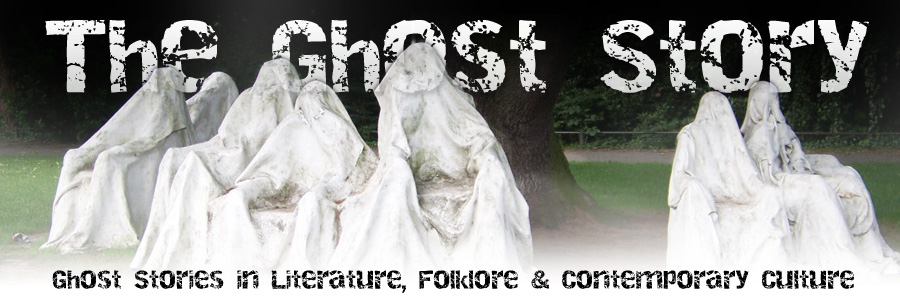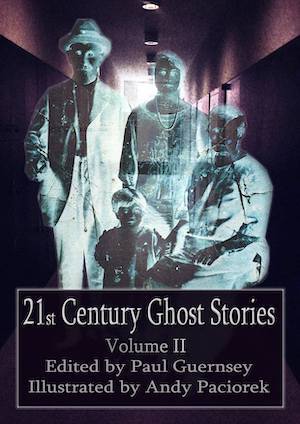by Editor
on September 20, 2014
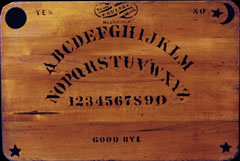
A Photo Of One Of The Original Ouija Boards From The Late 1800s. Note That Ouija Board Elements—Letters, Numbers, And Words—Have Changed Little Since The Beginning. Photographer: Unknown.
Ouija Boards: A Mystical, Mostly American, Invention
Most of what we know about the history of the Ouija board comes to us through the work of a spirit-board enthusiast and collector named Robert Murch, who has researched the topic since 1992.
Murch, probably the world’s foremost authority on Ouija boards, tells us that far from being an enchanted and somewhat sinister relic from the distant—perhaps pre-Christian—past as many people think, the Ouija board was created as a game in the last decade of 19th century America. As you can see from the photo (above), the first commercial talking boards were made of wood; the original purchase price was $1.50. [continue reading…]
by Editor
on September 20, 2014
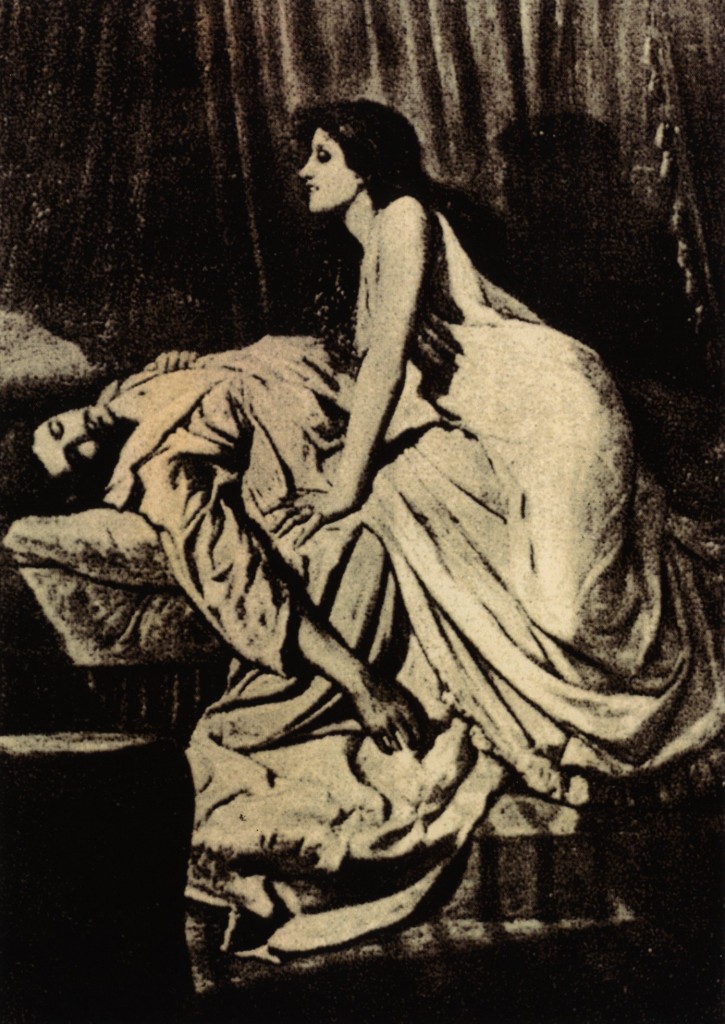
Female Vampire Depicted By Philip Burne-Jones (1896)
The Walking Dead: Ghosts You Can Touch And Feel
Acording to European folklore, not all ghosts are vaporous, intangible spirits. Some of the dead return to haunt the living in the same bodies that carried them through life.
From the Middle Ages forward, these material or “solid” ghosts were called “revenants,” a word derived from the Latin word for “returning.” Prior to medieval times, the Vikings talked of animated corpses they called draugar (singular: (draugr or draug) which sometimes guarded buried treasures and/or possessed magical powers. [continue reading…]
by Editor
on September 17, 2014
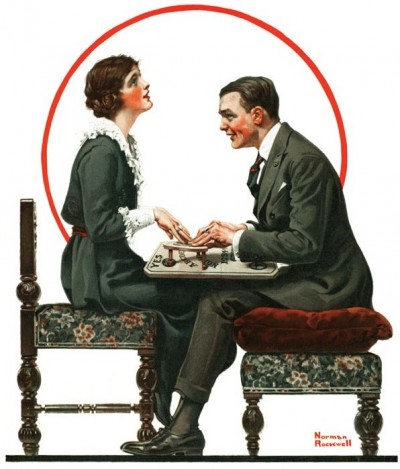
Ouija Board: Satan’s Toy Or Healthy Family Fun? Norman Rockwell’s May 1, 1920 Cover Illustration For The Saturday Evening Post.
Is It Dangerous To Play With A Ouija Board?
As strange as it may seem, playing with a Ouija board did not used to be a controversial activity. For most of its existence, from the time of it’s invention by leisure-time entrepreneurs in the late 1800s until the early 1970s, “spirit” boards or “talking” boards were seen as an interesting, safe, and pleasurable pastime for friends and families, including the kids. The Norman Rockwell illustration (above) of a wholesome, early 1920s middle-class couple having fun with a Ouija board pretty much sums up the attitude that prevailed through most of the Twentieth Century.
Certainly, plenty of people who used a Ouija board really believed they were communicating with spirits. But almost nobody thought they were evil or harmful spirits; rather, people believed or imagined that they were contacting the ghosts of departed loved ones, or other disembodied but benign entities who wanted to pass a message from the other side.
So, what happened to turn it all around? [continue reading…]
by Editor
on September 16, 2014
Holding Hands With A Ghost
Aauthor Shirley Jackson is probably best known for her eerie and unsettling short story, The Lottery, which is still read in many high school English classes. Not only is The Lottery a tale about irrational fear and deadly superstition, but it’s often interpreted as a protest against the Communist “witch hunts” of the 1950s as well as the evils of unthinking social conformity.
But Jackson also wrote The Haunting of Hill House, one of the finest literary ghost stories of the Twentieth Century. Jackson’s 1959 novel was adapted into a 1963 movie of the same name—and the movie itself, along with being faithful to the book, is quite fine. In fact, it’s considered one of the scariest movies of the Twentieth Century. [continue reading…]

